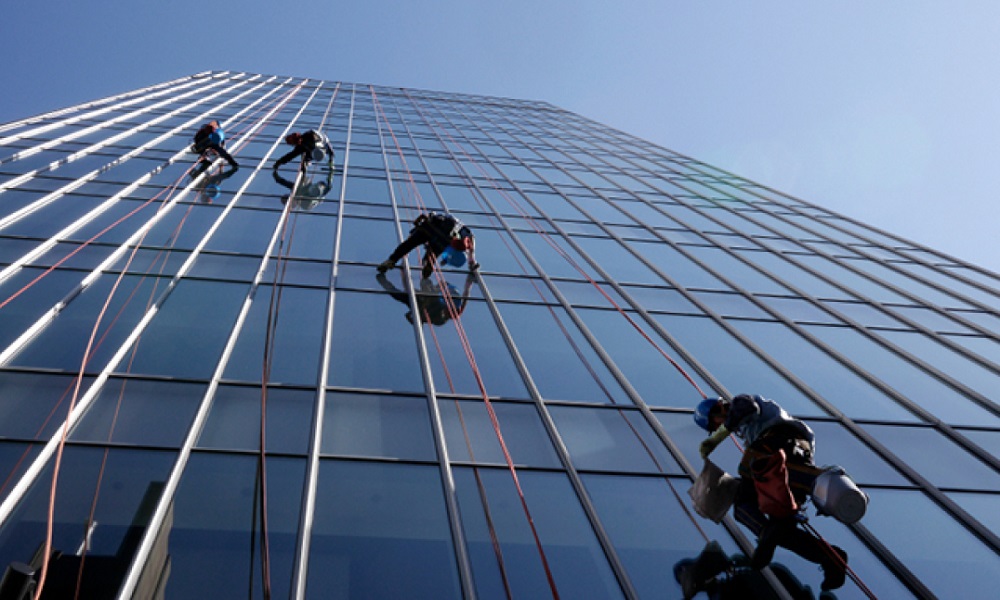Introduction: Maintaining the exterior appearance of buildings is crucial not only for aesthetic appeal but also for preserving the structural integrity and longevity of the structure. Among the various maintenance tasks, facade washing stands out as a fundamental practice to keep buildings looking their best. In this article, we’ll explore the significance of facade washing, its techniques, and the benefits it offers to both commercial and residential properties.

Importance of Facade Washing: The facade of a building is constantly exposed to the elements, including dirt, pollution, bird droppings, and weathering. Over time, these factors can cause the facade to accumulate grime, stains, and debris, detracting from its visual appeal. Moreover, neglected facades are more prone to damage, such as corrosion, discoloration, and deterioration of building materials.
By regularly washing the facade, property owners can prevent the buildup of contaminants and preserve the cleanliness and attractiveness of the building’s exterior. Additionally, facade washing helps to maintain property value by extending the lifespan of exterior surfaces and reducing the need for costly repairs or replacements.
Techniques of Facade Washing:
- Pressure Washing: Pressure washing is one of the most common techniques used for cleaning building facades. It involves using high-pressure water jets to remove dirt, grime, and other deposits from the surface. Pressure washing is effective for cleaning a variety of materials, including brick, concrete, stone, and metal.
- Soft Washing: Soft washing is a fassaadipesu gentler alternative to pressure washing, suitable for delicate surfaces such as stucco, wood, and painted surfaces. It involves using low-pressure water combined with specialized cleaning solutions to remove dirt and stains without causing damage to the facade.
- Chemical Cleaning: Chemical cleaning involves the application of specific cleaning agents or solvents to dissolve tough stains, grease, and graffiti from the facade. This method is particularly effective for removing stubborn contaminants that cannot be removed through water pressure alone.
- Steam Cleaning: Steam cleaning utilizes high-temperature steam to loosen and dissolve dirt, grime, and mold from the surface of the facade. It is an environmentally friendly method that does not require the use of harsh chemicals, making it suitable for sensitive areas and eco-conscious property owners.
Benefits of Facade Washing:
- Enhances Curb Appeal: Regular facade washing improves the visual appearance of buildings, making them more attractive to residents, tenants, customers, and visitors.
- Protects Building Materials: By removing contaminants and debris, facade washing helps to prevent corrosion, deterioration, and premature aging of exterior surfaces, extending their lifespan.
- Maintains Property Value: Clean and well-maintained facades contribute to higher property values and better marketability, benefiting property owners and investors.
- Promotes Health and Safety: Clean facades reduce the risk of slip-and-fall accidents, mold growth, and pest infestations, creating a healthier and safer environment for occupants.
Conclusion: Facade washing is a critical aspect of building maintenance that offers numerous benefits, including improved aesthetics, protection of building materials, and preservation of property value. By employing various washing techniques such as pressure washing, soft washing, chemical cleaning, and steam cleaning, property owners can keep their facades clean, attractive, and in good condition for years to come. Investing in regular facade washing is not only a sound financial decision but also a commitment to maintaining the integrity and appearance of buildings for the long term.